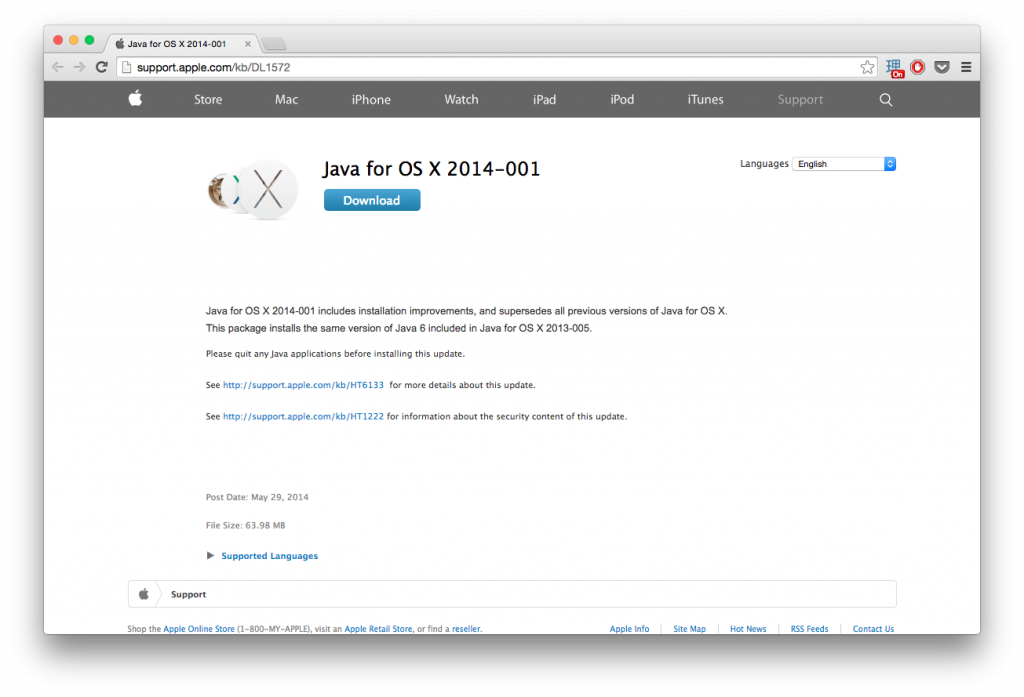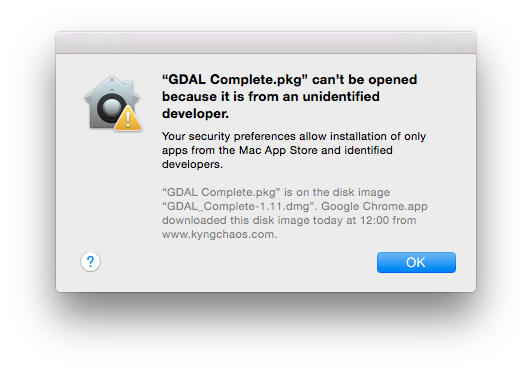While there’s still some time until the 2015 AAG Annual Meeting kicks off in Chicago next spring the deadline for submitting papers is approaching almost here: November 20th, 2014!
As for me, I will present an algorithm I developed as part of my PhD thesis and in the course of my related research of people’s movements in urban areas:
Konstantin Greger, University of Tsukuba
A Spatio-Temporal Betweenness Centrality Measure for the Micro-Scale Estimation of Pedestrian TrafficThe spatio-temporal mobile population estimation approach I introduce here can be used to calculate an index for the pedestrian traffic volume on street segments divided into deliberately chosen time steps. This is especially useful in the spatial context of highly urbanized areas, as it provides the populations in public space as a complementary element to building populations.
This was achieved by employing a graph theory methodology, namely that of betweenness centrality, and extending it by the temporal dimension. This new model was then applied using a number of datasets that provide information about building populations and train station passenger transfers segregated both spatially and by time.
The introduction of the temporal dimension to the estimation of populations in public space allows for a micro-scale analysis of the actual population figures according to the underlying human activities. I believe that this is the most interesting characteristic of the proposed estimation methodology, since for the first time it allows for a reliable estimation of mobile populations even for large study areas with justifiable requirements in terms of both necessary input data and computational expense.
The output result of the spatio-temporal model can be used to visualize the amount of pedestrians on the streets of a chosen study area. While the data do not represent the absolute numbers of pedestrians, they do reflect the traffic volume and allow for a comparison of crowdedness, which can be used for further quantitative analyses, such as population density calculations for certain points in time.
This year I made an effort to not being placed into some random session as has happened to me both in 2012 and 2014 – in 2013 I went all the way and organized my very own session. Therefore I browsed the (admittedly a wee bit confusing) “abstract and session submission console” on the AAG conference website. There I came across an effort by Prof. Diansheng Guo at the University of South Carolina, who proposed a session (or a series thereof?) labeled “Spatial Data Mining and Big Data Analytics”. I was more than happy to receive an almost instantaneous feedback from Prof. Guo, let alone a positive one!
Obviously I don’t have details about the “where and when”s of said session(s) and my presentation, but I will update this article accordingly once the information has become available. The details are:
Paper Session: Spatial Data Mining and Big Data Analytics (2)
Tuesday, 4/21/2015 10:00 AM – 11:40 AM
304 Classroom, University of Chicago Gleacher Center, 3rd Floor
In the meantime, Here’s the general conference information:
2015 AAG Annual Meeting
April 21 – 25, 2015
Hyatt Regency Chicago
http://www.aag.org/cs/annualmeeting
I’m already looking forward to my fourth AAG, and I would be happy to see you there!





